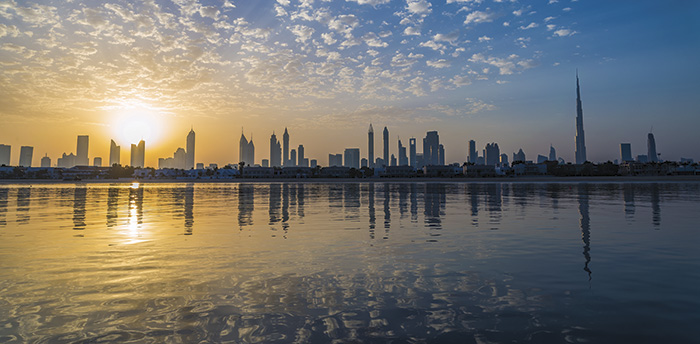05/10/2016
Nestled on the southeast coast of the Persian Gulf in the heart of the Arabian Desert, Dubai is one of the world's fastest-growing cities. Its rapid development—from an estimated 10,000 people in 1900, according to some reports, to nearly 2.5 million today—has placed extreme stress on the infrastructure that makes up the city's impressive skyline. As the area's leaders and developers strategize how to catch up with the staggering growth, sustainability remains a key goal to ensure the urban area can support the 3.4 million residents that are estimated to inhabit the city by 2020, according to a United Arab Emirates news source.
 The rapidly growing city of Dubai is incorporating innovative, modern technologies and practices with the goal of becoming the most sustainable city in the world. (Courtesy of Explorer Publishing)
The rapidly growing city of Dubai is incorporating innovative, modern technologies and practices with the goal of becoming the most sustainable city in the world. (Courtesy of Explorer Publishing)
